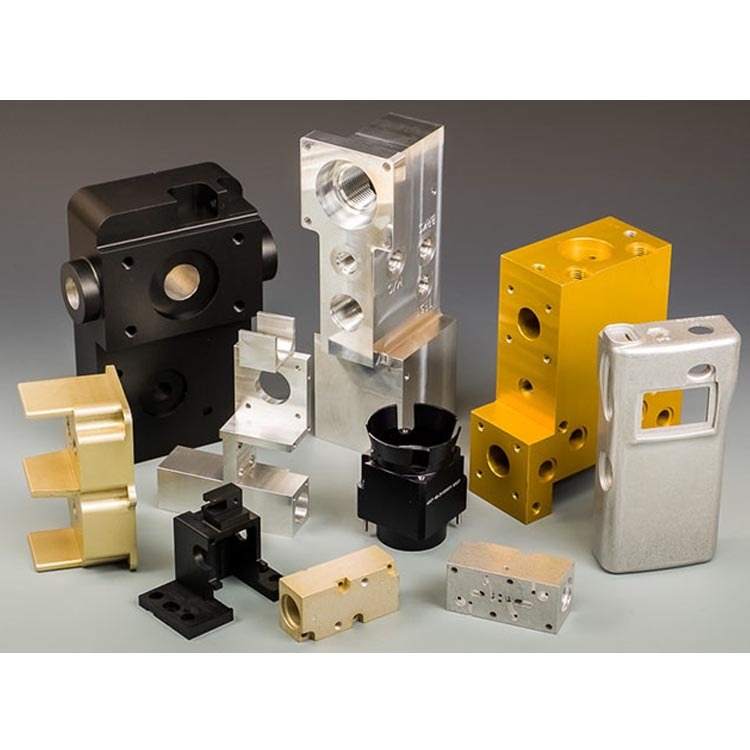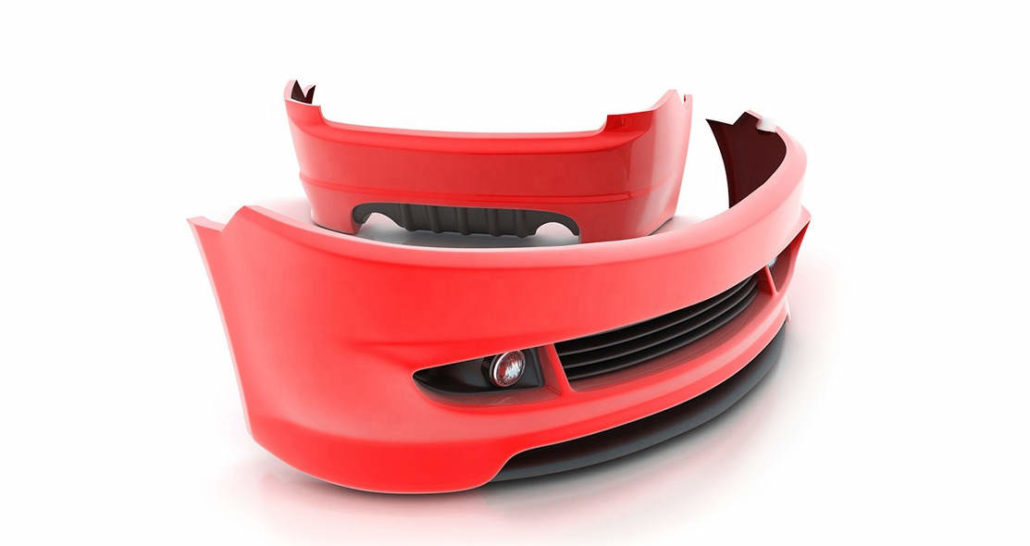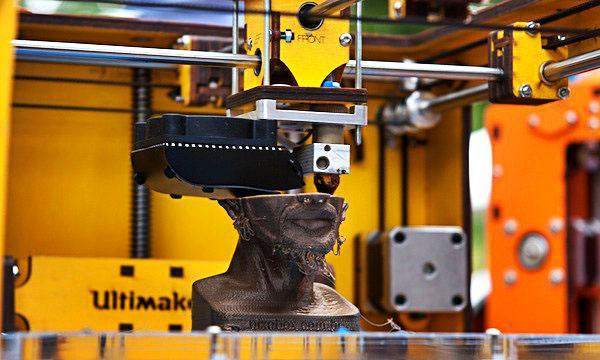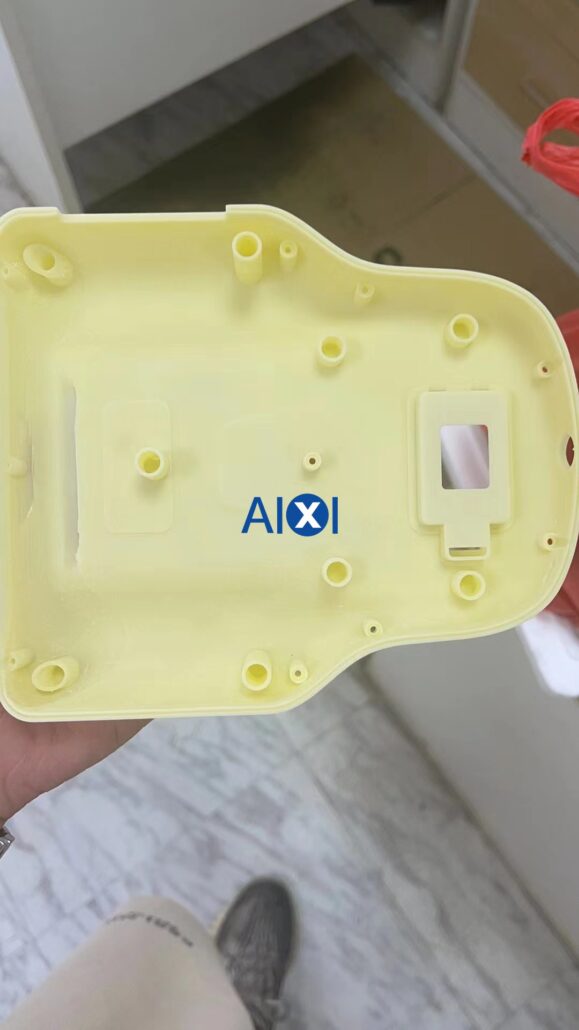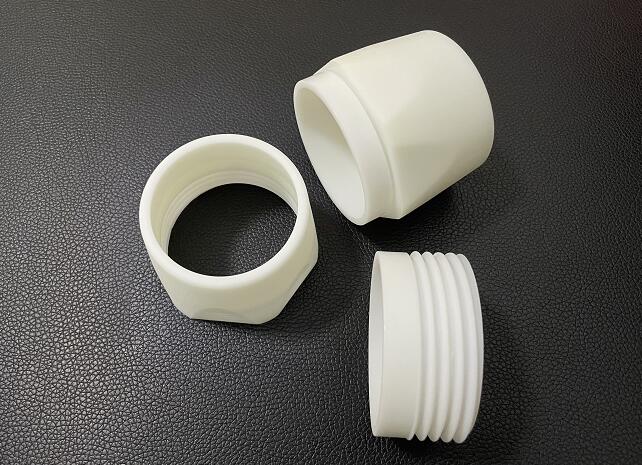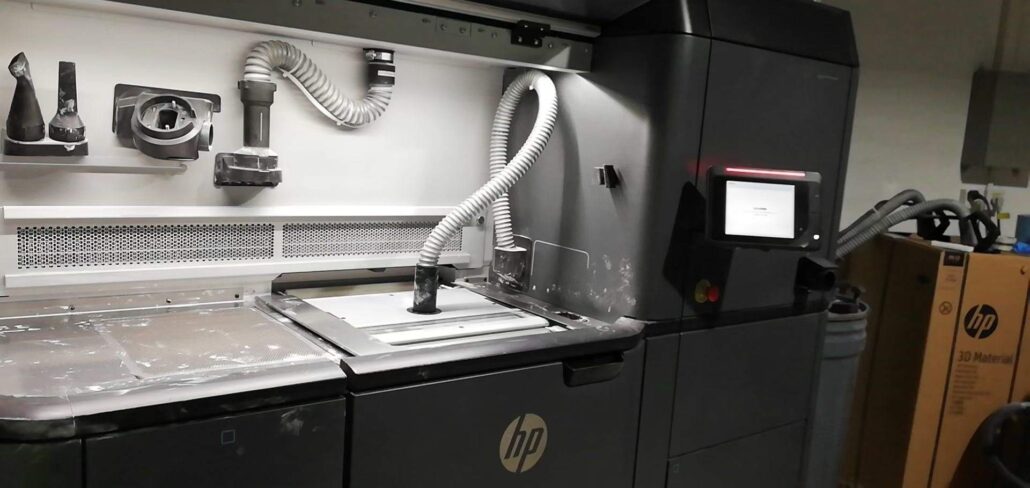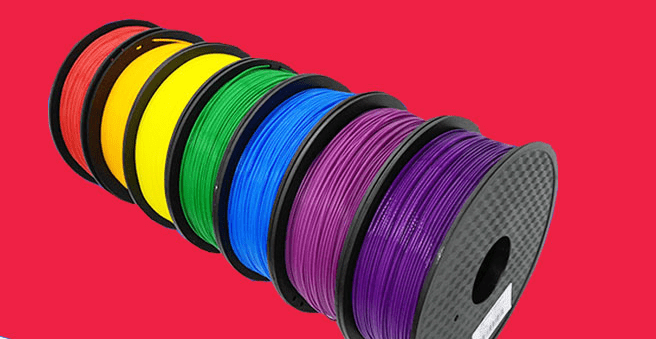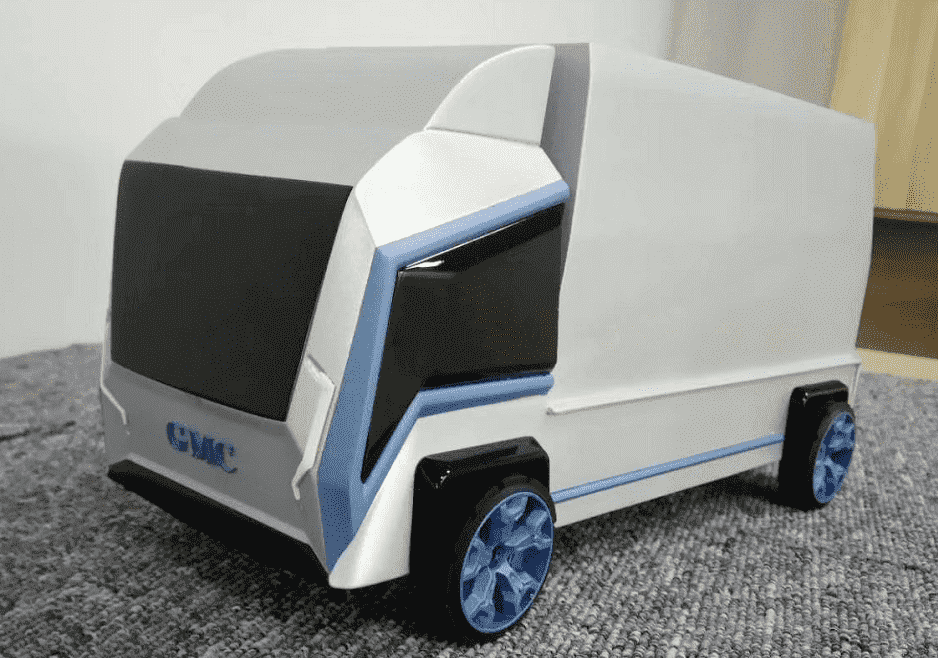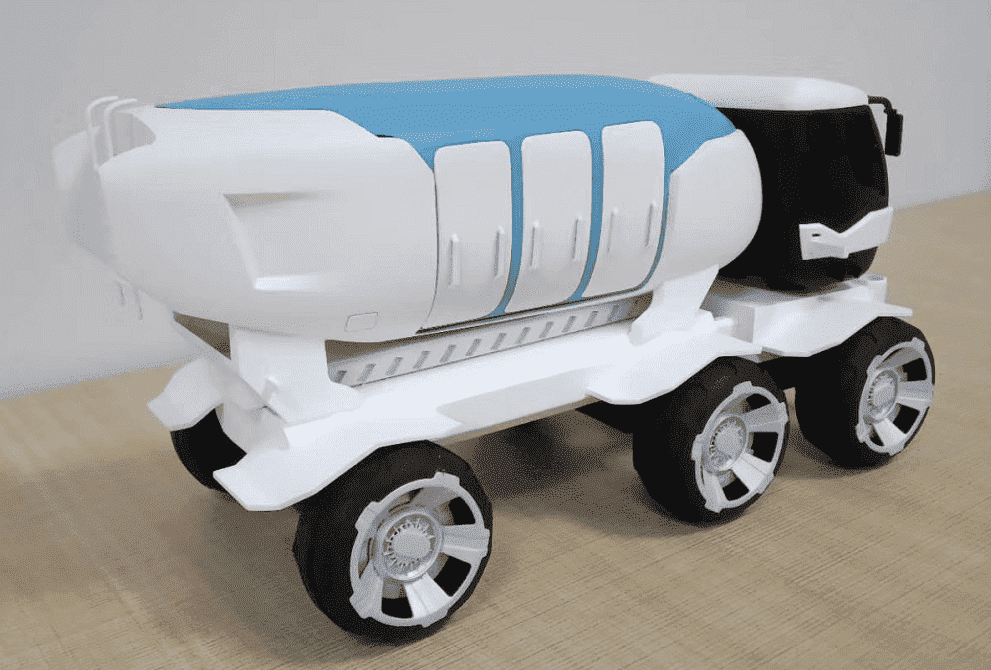3D printing, also known as additive manufacturing, covers several distinct 3D printing processes, but the key processes of these technologies are the same. 3D printing all starts with a digital model because the technology is digital in nature. A part or product is initially designed using computer-aided design (CAD) software or an electronic file obtained…
Archivos de Categoría: Plástico de impresión 3D
The automotive industry is constantly facing challenges – there is an urgent need to adopt more environmentally friendly production methods to promote sustainable development. Traditional manufacturing techniques such as casting, forming and machining have a significant impact on the environment. In response, the automotive industry is aware of this challenge and has begun adopting sustainable…
MJF (Multi Jet Fusion) is an additive manufacturing technology developed by HP Inc. It is a 3D printing process that can produce functional nylon prototypes and end-use production parts in 1 day and involves layering Powdered thermoplastic materials to quickly create complex parts. The final part has a high-quality surface finish, excellent feature resolution, and…
AIXI company has launched a new material for 3D printing, yellow engineering material ABS, which has the characteristics of good precision, small deformation and shrinkage, both strength and toughness, and high temperature resistance. Looking forward to your inquiry!
You can see the below pictures , black is Nylon printing , and the white is resin printing. If you have also 3dprinting requets ,welcome contact us . And the 4-6 pictures ,is two parts assembly , we tested and perfect . facebook
3D printing, like laser forming technology, uses layered processing and overlay molding to complete 3D solid printing. The printing process of each layer is divided into two steps. First, spray a layer of special glue on the area that needs to be formed. The glue droplets themselves are small and difficult to spread. Then spray…
PLA physical parameters Material: PLA Color: red, white, black, green, blue, gray, transparent, army green, fuchsia, etc. Printing temperature: 170-220° Density: 1.25±0.03g/cm³ Water absorption: 0.5% Tensile strength: ≥60MPa Elongation at break: ≥3.0% Impact strength: 0.16J/M PLA material features: 1, PLA, or polylactic acid, is a new type of biodegradable material, refined from renewable plant resources,…
What is the most commonly used material for 3D printing? It is estimated that the first material that comes to mind in the 3D printing industry is photosensitive resin. Photosensitive resin is a kind of 3D printing material. It is similar to ABS material. It has a smooth surface and high precision. The surface can…
3D printing is becoming more and more popular. 3D printing prototypes, 3D printing manuals, 3D printing education, 3D printing medical devices, 3D printing parts, or small things you design yourself, you can quickly print one through 3D printing. The model comes. Many people asked, how much does it cost to 3D print a model? Is…
3D printing is also called rapid prototyping technology. It is a technology based on digital model files (3D stereograms), which uses plastic materials such as resins and powdery metals and other adhesive materials to construct objects by layer-by-layer printing. Since the advent of the 3D printing prototype, it has highlighted its advantages in industrial manufacturing…

 English
English Deutsch
Deutsch Français
Français 日本語
日本語
